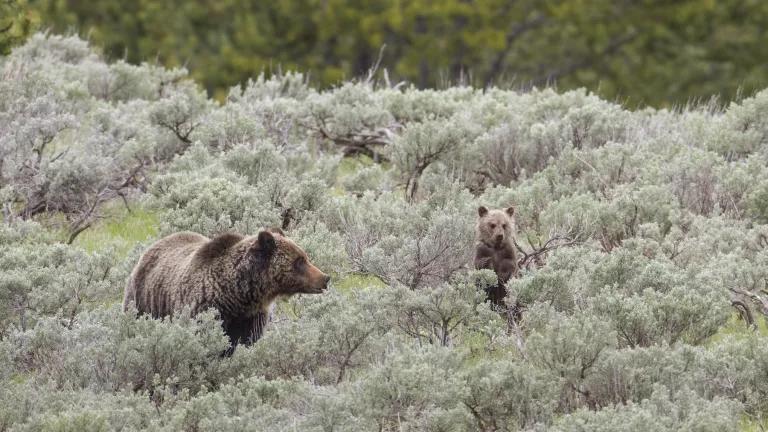
(C) Hilary O Leary & Tikki Hywood Foundation
Governor Cuomo, on Friday evening, signed into law an historic bill that sets a precedent for tackling biodiversity loss by stopping one of its top drivers: direct exploitation.
The "Save our Species Bill" (Assembly Bill 06600/Senate Bill 5098) enables New York’s Department of Environmental Conservation (DEC) to ban the sale and possession with intent to sell of parts of any species it classifies as "Vulnerable"—essentially any species that is found in trade in New York and is—or is likely to become—threatened with extinction. In other words, DEC can basically ban the trade in any species it believes needs the help—and that’s A LOT of species. The bill also designates giraffes as "Vulnerable," meaning the trade in their parts is now banned in New York--great news given the burgeoning trade in giraffe parts both internationally and in the United States!
The law couldn’t come at a better time given the recent IPBES report’s finding that one million species risk extinction due to humans. The report also found that direct exploitation—which includes wildlife trade—is the second greatest driver of biodiversity loss after land and sea use change.
We need laws like this because, unfortunately, current international models and multilateral agreements to tackle wildlife trade have failed to keep pace with the current crisis. Two of these—the Convention on International Trade in Endangered Species (CITES) and the Convention on Migratory Species (CMS)—have lost sight of their overall purposes and conservation goals, instead becoming mired in battles over individual species. These treaties aren’t offering protections to enough species that need it, with one recent study showing that over 28% of species listed on the IUCN Red List as Vulnerable, Endangered or Critically Endangered are not protected under CITES. Further, their timeline ignores both the scale and pace of wildlife trafficking, climate change, and other threats, with the same study finding that CITES lists species an average of 10.3 years after the IUCN assesses them as being threatened by international trade.
This law is a fresh and bold new approach to reversing biodiversity law that embraces the precautionary principle by protecting species before they reach the brink of extinction. By allowing the state to ban trade in a very broad category of species, New York will be able to respond to the ever-changing nature of wildlife trade, which rapidly shifts as tastes change and/or heavily-consumed species decline.
This bill is revolutionary and precedent-setting and New York deserves major props for signing it into law. Countless states followed New York in passing ivory bans, with new bans becoming law almost every legislative session since, and I sincerely hope this bill will create a similar situation. The global community is at a turning point when it comes to biodiversity. We must change our strategies for wildlife protection if we hope to reverse the alarming loss we are experiencing. A06600/S5098 captures this new, comprehensive approach of protecting species in a fluid, adaptable way, and, signing this bill into law has made New York a trailblazer in this emerging fight.




